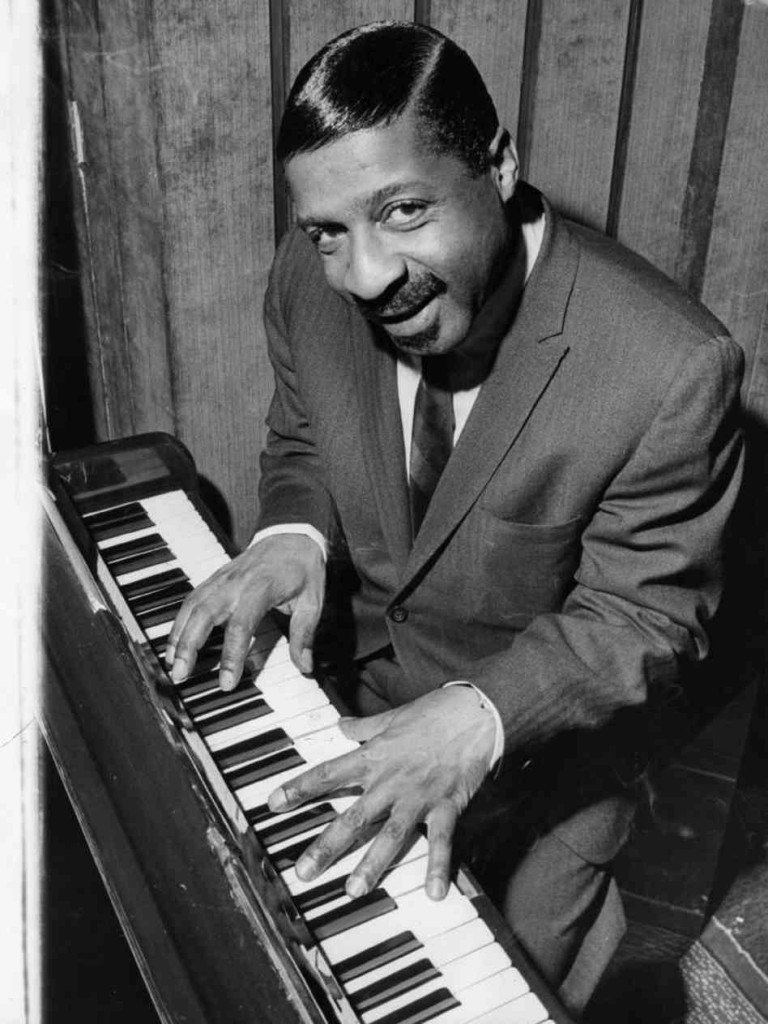My article on WikiHow: ways of studying jazz piano
The way to study jazz piano: theory or instinct?
The following article was first published on WikiHow. Is studying jazz piano worthwhile?
Jazz piano: How to Play a jazz piano solo
Is there just too much theory when studying jazz piano? Can you play a great jazz piano solo just by instinct? The story goes that Errol Garner couldn’t read music, but unless you’re a genius, you need more than just good instinct when learning jazz piano.
Three steps to follow when practising
- When studying jazz piano gain a sound knowledge of each chord and its extensions. A good deal of the excitement of jazz comes from the concept of tension to release. This is created by the dominant seventh chord moving to its tonic: V – I: known as ‘The Perfect Cadence.’ Let’s take G7 moving to Cmaj7. All the tension is contained within the G7, and we first create this tension with notes known as extensions. These are notes not within the chord but within the scale. So we have 9, 11 and 13. The remaining notes: b9, #9, #11 and b13 are known as alterations. In the case of G7, the three extensions are A, C and E. The four alterations for G7 are Ab, A#, C# and Eb. By combining these extensions and alterations with the basic notes of G7 (G, B, D and F) you create the tension that will release into the tonic chord of Cmaj7.
- Get to know your way round the scale or mode of each chord. Again, taking G7, the basic mode that fits any dominant seventh chord is the the Mixolydian mode – just play the major scale but flatten the seventh note. So the Mixolydian mode of G7 is G, A, B, C, D, E, F, G – all the white notes. But to create more tension, and bring in some extensions you could try some other scales. The diminished scale ( just play alternative half step/whole step from the root of any dominant seventh) works really well, as it creates a b9, #9 and #11. The notes for G7 would be G, Ab, A#, B, C#, D, E, F, G. Other possibilities are the whole tone scale (whole steps) which gives you the #11 and b13 and the Lydian Dominant (same as Mixolydian but with a raised 4th) which gives you just the #11.
- Combine a knowledge of the chord’s 3 extensions and 4 alterations with scales and modes that fit the chord. Yes, this involves a lot of work that needs to become second nature before ‘instinct’ kicks in.
___________________________________
Well, that’s what I wrote. When I posted my article on the Linkedin forum ‘Jazz Piano’ it created quite a fuss., with the usual extremes from “let’s have more theory” to “who needs theory?” I feel pretty much the same as I did when I wrote it. For most of us, the work and preparation has to be put in before we can push it back into our subconscious for a performance. When you study jazz piano there has to be a balance between theory and using your creativity and instinct.
So now learn jazz piano with me!


Yes,the people who advertise on YouTube for example about playing by ear actually when explored also teach that you have to know the theory to be an all round “ear player”